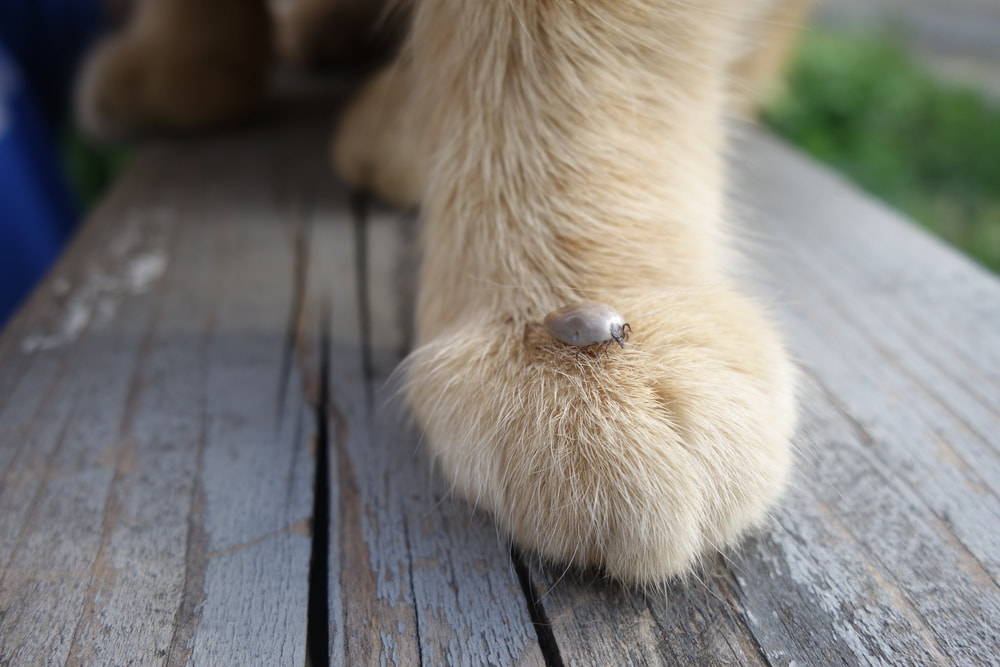|
by Anjali Ravi, Communications Intern
This summer, bobcat fever is taking a toll on domestic cats in Northwest Arkansas. Though once thought to be carried only by the American dog tick, this blood parasite can also spread through the lone star tick, which is common to the area. Dr. Jack Herring, owner of Wedington Animal Hospital, told station KNWA that bobcat fever is becoming more prevalent and that on some days, there have been four or five cats hospitalized at once for it. The death rate for bobcat fever is unfortunately very high. It infects the blood cells of the cat. Even in the event that your cat recovers from bobcat fever, he’ll still be a carrier of it, which can lead to even more complications and threaten other domestic cats in the neighborhood. Cats who live outside city boundaries, in rural environments where ticks are more prevalent, are at a higher risk of getting bobcat fever. Despite this, city kitties are not completely protected from the disease. If your cat has contracted bobcat fever, it can be anywhere from 5 to 20 days before symptoms appear. Initial signs may include lethargy, decreased appetite, and high body temperature. As the disease progresses, your cat may experience breathing problems, dehydration, jaundice, and a noticeable drop in body temperature. Because no vaccine is currently available, keeping your cat safe from tick bites is of the utmost importance. While the lone star tick is mainly found in eastern Kansas and the Southeastern states, bobcat fever isn’t the only tick-borne disease that can affect your cat. Rabbit fever (tularemia), Feline Infectious Anemia, Babesiosis, Ehrlichiosis, and Lyme disease all affect domestic cats and have the potential to be fatal. Though uncommon in cats, Lyme disease is one of the most common tick-transmitted diseases in the world. Its dominant symptoms in cats are lack of appetite, lethargy, and lameness due to an inflammation of the joints. Here are some tips to keep your cat safe from tick-borne diseases:
2 Comments
10/14/2018 09:12:54 am
I am a cat owner, and this article will help me preventer the possible occurrence of bobcat fever to my pets. Hughe thanks for posting these tips because I know that every cat can acquire the said disease. My cat is so precious that I don't want any disease to happen on her. I named her "Gwen", and she's a very intelligent cat. By the way, I noticed that a lot of bobcat fever can attack faster compare to other pet fevers!
Reply
7/3/2019 04:14:25 am
I apply anti tick shampoo to my fur babies. Though it doesn't really 100% immune them from it, I can see a huge difference before I haven't applied any.
Reply
Leave a Reply. |
Details
AuthorAlley Cat Rescue is leading in the way in promoting humane and compassionate care for ALL cats. Archives
April 2024
Categories
All
|

 RSS Feed
RSS Feed